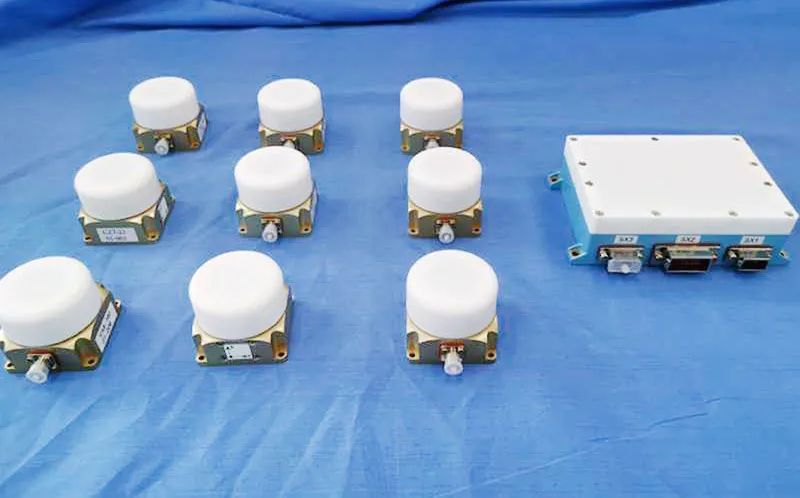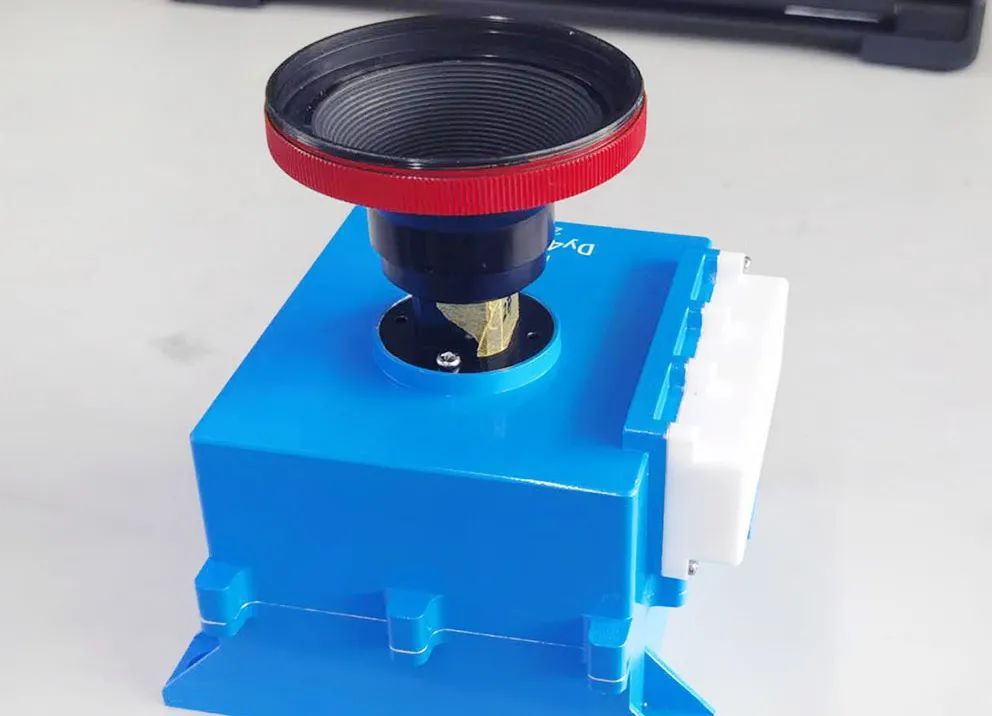You are using an out of date browser. It may not display this or other websites correctly.
You should upgrade or use an alternative browser.
You should upgrade or use an alternative browser.
China's Space Program News Thread
- Thread starter crazyinsane105
- Start date
- Status
- Not open for further replies.
by78
General
Beijing Institute of Aerospace System Engineering has developed a wireless communications system to replace the internal cable network of rockets, thereby saving hundreds of kilograms of weight and freeing up precious space. The system has already been implemented for the next CZ-7A launch and will be rolled out across all rocket models. The third image gives you an idea of the miles of cables that are needed to connect various onboard sensors and systems on existing rockets.






Since the Long March 9 is still in a relatively early phase of development, is there any chance they will make it partially or fully reusable? It seems like a massive waste of resources to spend time developing another cost-inefficient expendable rocket if resuable super-heavy lift launch systems are the wave of the future. The US will certainly have those by the time the Long March 9 is used.
AssassinsMace
Lieutenant General
The US is behind in deploying 5G. The US should unconditionally surrender to China since it has better 5G.
Last edited:
Since the Long March 9 is still in a relatively early phase of development, is there any chance they will make it partially or fully reusable? It seems like a massive waste of resources to spend time developing another cost-inefficient expendable rocket if resuable super-heavy lift launch systems are the wave of the future. The US will certainly have those by the time the Long March 9 is used.
In the interest of remaining competitive they really should consider redesigning the LM-9 into partially reusable. However, I think the LM-9 has been under development for a long time already with the main parameters set. That means either restarting most of it to accommodate these changes or to scrap this project if partially or wholly reusable can be achieved for super heavy lift without a decade or more of delay. At the moment those tests are being conducted at smaller scales and given to those startups to investigate. All knowledge is shared I'm sure but resources are not. Essentially if a startup demonstrates some sort of re-usability at a small scale, it may get the attention of CNSA and the nationals CALT, CASC, and CASIC.
China "needs" a super heavy lifter for lunar projects so it's unlikely they'll scrap LM-9 unless design work has only begun. I reckon they'll look into reusable boosters for LM-9 at most, but so far we have not even heard of anyone mentioned looking at self landing boosters. Possibly go with other options like parachute landing. Not sure how much fuel is saved to be honest and how the economics works because I'm sure China can manufacture those boosters faster and cheaper especially if they're one use only.
Since refined rocket fuel may also be cheaper particularly with BRI developing, and the fact that super heavy are not really for commercial satellite missions, the economics don't make it as worthwhile for something like the LM-9 class vehicle. CNSA also has no ambition of providing some billionaire space tourism idea that SpaceX is exploring. Landing tourists on Mars is imbecilic like Hyperloop in 2020 lol. Manned Mars missions will be strictly military and scientific for the US. That huge shiny LOL that Musk is using to collect more Iron Man points and get investments is dumb. Rocket failure rates are orders of magnitude greater than airliner accidents. He wants eventual tourists to flip a coin basically. Sorry if he builds such a thing it'll only be for military and scientific missions unlike how the shuttle eventually took "civilian" astronauts with a lot of training and fitness exams. The complexities between the two cannot compare.
My point is the economics may make re-usability for super heavies completely pointless because those missions will be so few unless they're building moon bases. That's the only area where China would truly be concerned with the American and SpaceX lead in this technology.
Last edited:
Reusable is good some times (like LEO to GEO) but not always good. Space science is not fashion industry. Rocket of LM9 class is meant to fly to the moon or mars, reusable tech is not up to that task. Even the champion like SpaceX can't do it. Reusable rocket will waste more than half of its liftoff mass to send something to the moon. To do so would mean a rocket 10000 tone liftoff mass. That is not practical, out of reach of current human tech, nor cost-efficient.Since the Long March 9 is still in a relatively early phase of development, is there any chance they will make it partially or fully reusable? It seems like a massive waste of resources to spend time developing another cost-inefficient expendable rocket if resuable super-heavy lift launch systems are the wave of the future. The US will certainly have those by the time the Long March 9 is used.
For example, Starship has to have two launches plus refueling to reach the moon, the first stage will be expended. The starship (upper stage) will return and probably reused. For that reuse, it has to stay in LEO for a long process of refueling by another starship. Are you going to have all the passengers in orbit risking to be blown if something go wrong? Or you will keep the starship empty until it is filled? If so, you need a third launch to send the passengers to it. In total, you would have wasted three first stages and fuel, three first stages being used (reduce life) to have one reaching the moon. You will also have to have a long and complicated mission time therefor risks of the mission failure due to launch windows may not be perfect for all three launches. So in the end, what is the point to reuse?
Reuse is good, but don't reuse for the sake of reuse, otherwise one would forget what is the job.
Reusability can be of a great help with regards to cost savings when we are talking about Commercial Satellite launch business.@taxiya said it right.
Reusability is a concept best pursued by Private companies seeking to get a share of the launch business. The National institutes should worry about positive Headline making launches.
Reusability is a concept best pursued by Private companies seeking to get a share of the launch business. The National institutes should worry about positive Headline making launches.
cost saving for commercial launch is a very good way to put it in support for re-usability.Reusability can be of a great help with regards to cost savings when we are talking about Commercial Satellite launch business.@taxiya said it right.
Reusability is a concept best pursued by Private companies seeking to get a share of the launch business. The National institutes should worry about positive Headline making launches.
I would also add that outer space venture by National space agency is at this moment a work that need to squeeze every bit of juice (payload capability) out of a rocket, there is no room for luxury of re-usability. Yes I mean it, re-usability is a luxury when payload is to be the max, after all the extra fuel for return is taking up room of useful payload.
Let's first worry about making a moonshot rocket work before thinking about making it reusable.
Let's see the other two countries in this race:
USSR: N1 (not reusable) -> Energia (not reusable, but with plans to make it partially reusable)
USA: Saturn V (not reusable) -> SLS (not reusable)
It's only natural that China's first attempt LM-9 won't be reusable.
Let's see the other two countries in this race:
USSR: N1 (not reusable) -> Energia (not reusable, but with plans to make it partially reusable)
USA: Saturn V (not reusable) -> SLS (not reusable)
It's only natural that China's first attempt LM-9 won't be reusable.
- Status
- Not open for further replies.

